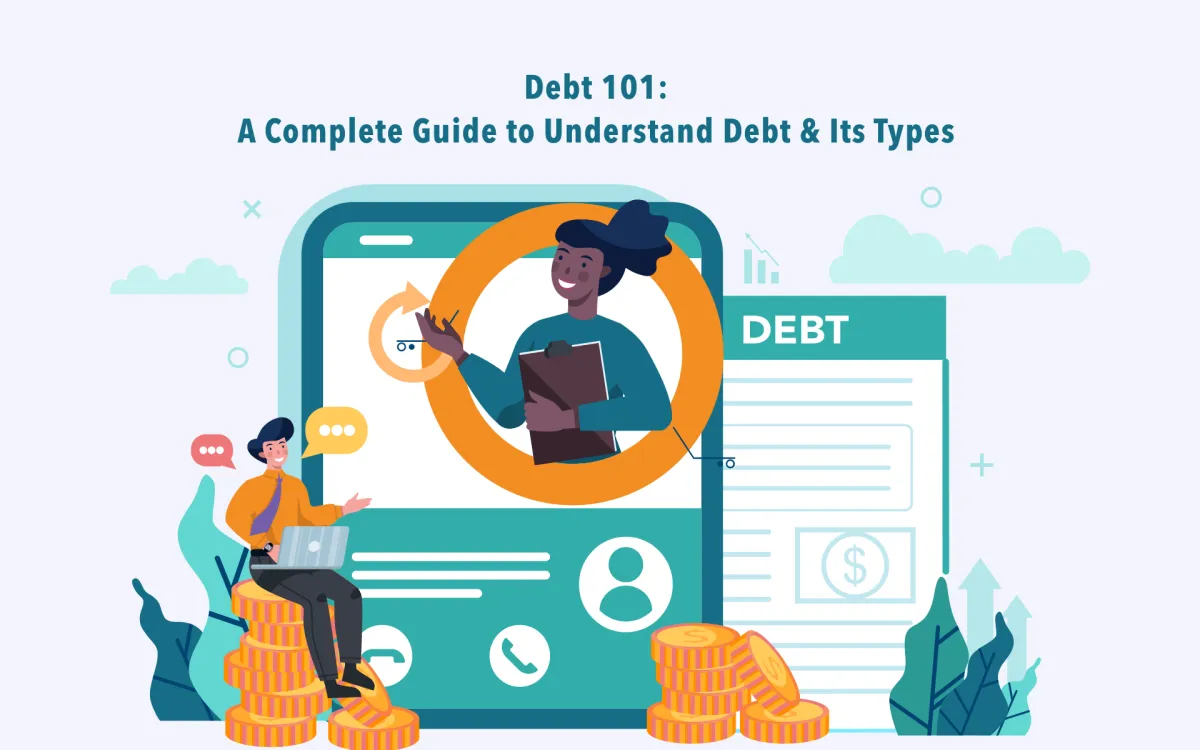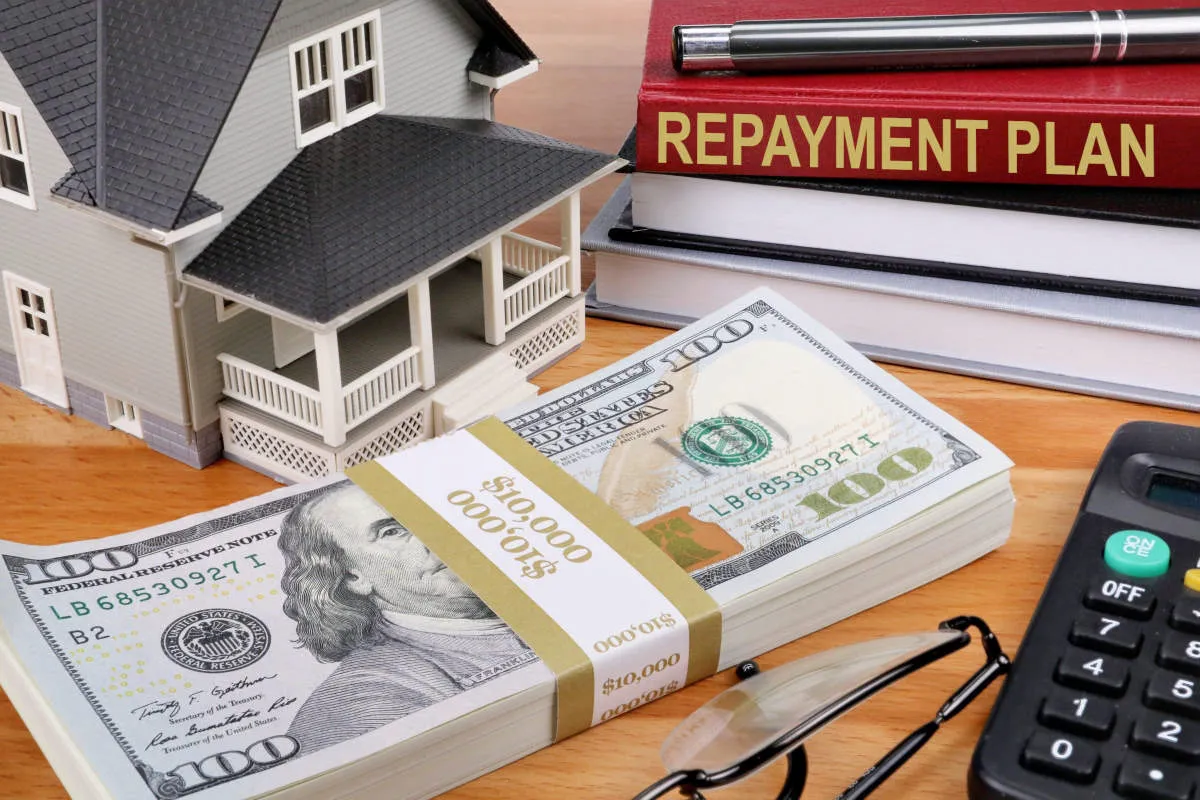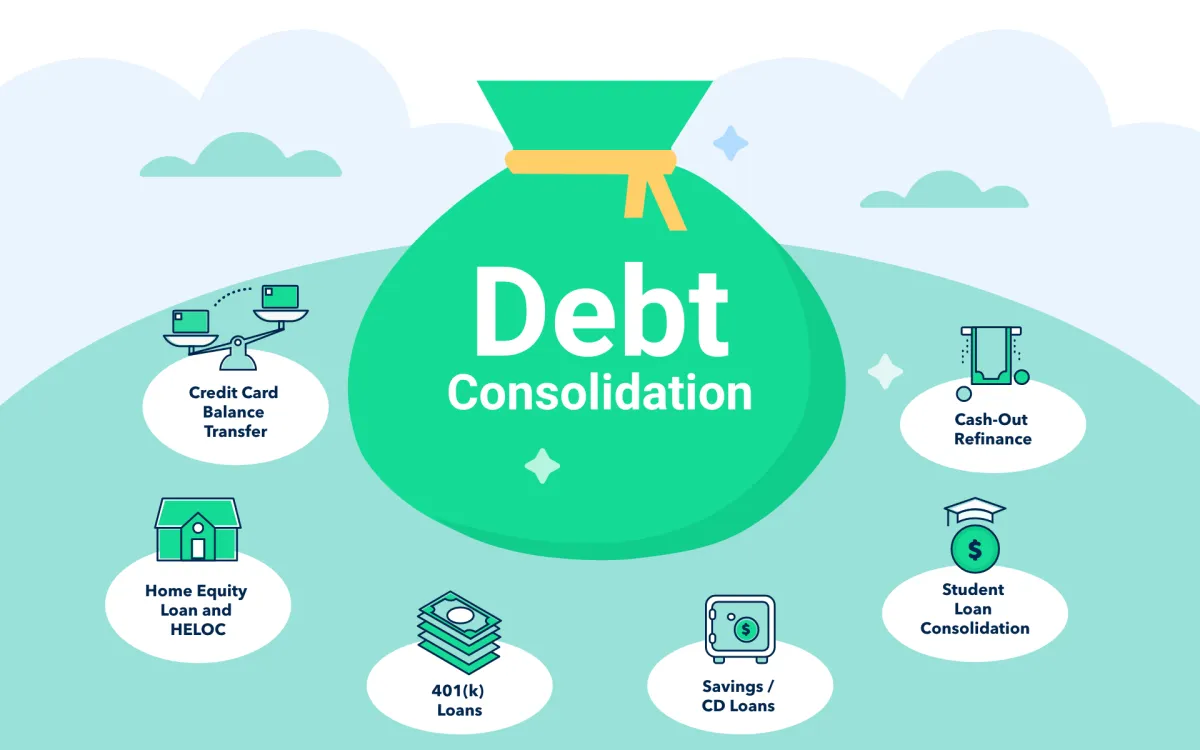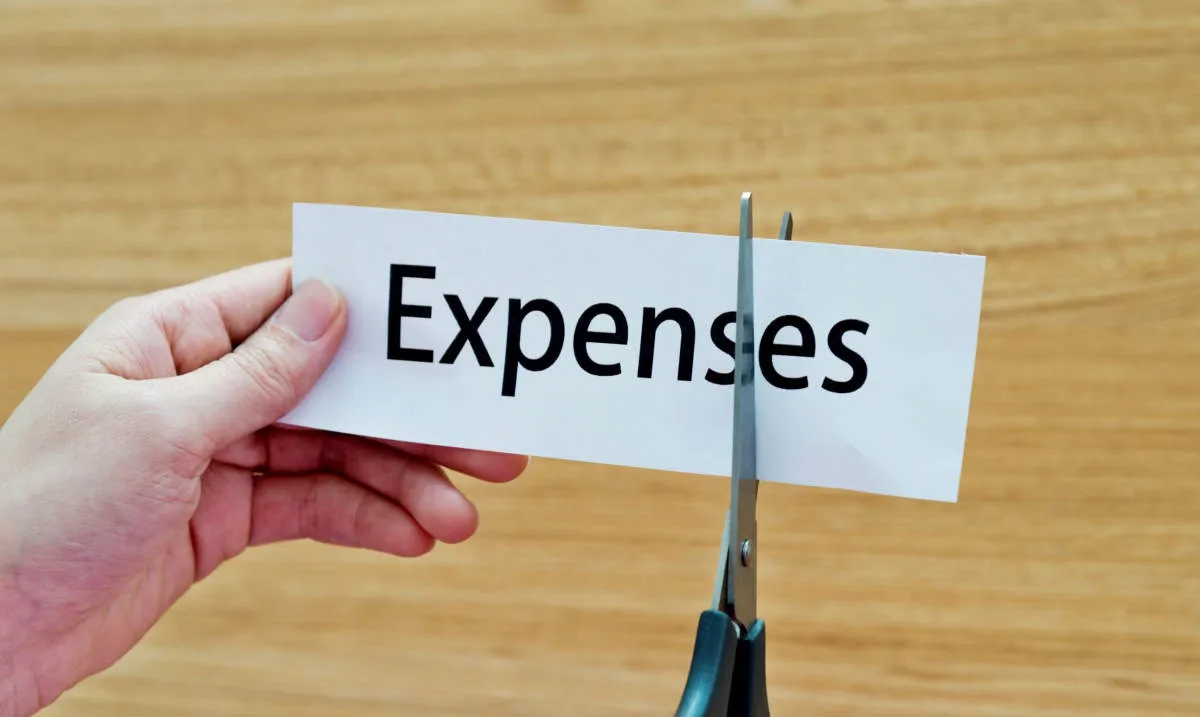Struggling with debt? Discover effective strategies to swiftly regain financial stability with our guide on debt management. Learn actionable tips to eliminate debt fast and secure a brighter financial future.
Understanding Your Debt

Before you can effectively tackle your debt, it’s crucial to understand exactly what you’re dealing with. This means taking a deep dive into the specifics of your debts rather than just looking at the overall amount. This process may feel overwhelming initially, but it’s a vital step towards financial freedom.
Identify Each Debt
Start by creating a comprehensive list of all your debts. Include the following details for each:
- Creditor: The name of the institution or individual you owe money to.
- Debt type: Categorize each debt (e.g., credit card, student loan, personal loan, mortgage, etc.).
- Principal balance: The original amount you borrowed.
- Current balance: The amount you currently owe, including any accrued interest and fees.
- Interest rate: The annual percentage rate (APR) you are being charged.
- Minimum payment: The minimum amount due each month.
- Due date: Mark the due date for each debt to avoid late fees.
Analyze Your Debt
Once you have a clear picture of each debt, analyze the following:
- Total debt: Calculate your total outstanding debt by summing up all current balances.
- Debt-to-income ratio (DTI): Divide your total monthly debt payments by your gross monthly income. This ratio indicates how much of your income is allocated to debt repayment and can impact your ability to secure future loans or lines of credit.
- High-interest debts: Identify debts with the highest interest rates, as they accrue debt faster and should be prioritized for repayment.
Creating a Debt Repayment Plan

A well-structured debt repayment plan is crucial for effectively tackling your debts. Here’s how to create one:
1. List All Debts and Gather Information
Start by making a comprehensive list of all your debts. Include the creditor’s name, total outstanding balance, interest rate, and minimum monthly payment. Having all this information in one place will give you a clear picture of your current financial situation.
2. Prioritize Your Debts
Determine which debts to pay off first. There are two common approaches:
- Debt Avalanche: Prioritize debts with the highest interest rates. This method saves you money in the long run by minimizing interest charges.
- Debt Snowball: Start by paying off the smallest debts first, regardless of interest rates. This method provides motivation and a sense of accomplishment as you quickly eliminate debts.
3. Determine Your Monthly Payment Amount
Analyze your budget to determine how much money you can realistically allocate towards debt repayment each month. The higher the amount, the faster you’ll become debt-free.
4. Explore Debt Consolidation or Refinancing Options
If you have multiple debts with high interest rates, consider debt consolidation or refinancing. Consolidating debts into a single loan with a lower interest rate can simplify your repayment process and potentially save money.
5. Contact Your Creditors
Communicate with your creditors and explore possible options such as negotiating lower interest rates, setting up payment plans, or exploring hardship programs if you’re facing financial difficulties.
6. Monitor and Track Your Progress
Regularly review your debt repayment plan, track your progress, and make adjustments as needed. Celebrate milestones to stay motivated throughout the process.
Negotiating with Creditors

Direct communication with your creditors can be an effective strategy for debt management. This involves contacting your creditors and negotiating more favorable terms for repayment. Here’s how you can approach this:
1. Communicate Openly and Honestly
Reach out to your creditors and explain your financial situation honestly. Let them know you’re committed to repaying your debt but are facing difficulties. Transparency can encourage them to work with you.
2. Explore Payment Options
Inquire about potential options for making your debt more manageable. These might include:
- Lowering Interest Rates: Negotiating a reduced interest rate can significantly impact the overall amount you repay over time.
- Waiving Late Fees: If you’ve incurred late fees due to financial hardship, creditors might be willing to waive them as a gesture of goodwill.
- Setting Up Payment Plans: Explore the possibility of establishing a payment plan that aligns with your current financial capabilities. This could involve smaller, more frequent payments.
- Debt Settlement: As a last resort, consider negotiating a debt settlement. This involves agreeing to pay a lump sum that’s less than the total amount owed in exchange for having the debt considered settled.
3. Document Everything:
Maintain a detailed record of all communication, including dates, times, names of individuals you spoke with, and the outcomes of your conversations. This documentation can prove invaluable if any disputes arise later.
4. Seek Professional Guidance:
If you find negotiations overwhelming or are unsure about the best course of action, consider seeking assistance from a reputable credit counseling agency. They can provide expert guidance and may even negotiate on your behalf.
Consolidating Debt

Debt consolidation involves taking out a new loan to pay off several smaller debts. This can simplify your finances by leaving you with a single monthly payment and potentially lower interest rates.
Types of Debt Consolidation:
- Balance Transfer Credit Cards: Transfer high-interest credit card balances to a card with a lower introductory rate. Be mindful of balance transfer fees and the duration of the promotional rate.
- Personal Loans: Secure a personal loan from a bank or credit union and use the funds to pay off existing debts. Shop around for the best interest rates and terms.
- Home Equity Loans or Lines of Credit: These options leverage your home’s equity but come with the risk of foreclosure if you default on the loan. Carefully weigh the pros and cons before proceeding.
Benefits of Debt Consolidation:
- Simplified Debt Management: One monthly payment instead of multiple bills.
- Potential Interest Savings: Consolidating high-interest debts can lead to lower overall interest payments.
- Improved Credit Score: A single, manageable payment can improve your credit utilization ratio.
Cutting Expenses

One of the most effective ways to get out of debt faster is to free up more cash to put toward your debt payments. And the best way to do that is by cutting expenses and reducing your spending. While it may seem daunting, reducing your expenses doesn’t have to mean making huge sacrifices. Here are some practical ways to cut your expenses:
Create a Budget
The first step to cutting expenses is understanding where your money is going. Track your spending for a month and categorize your expenses. This will help you identify areas where you can cut back.
Identify Non-Essential Spending
Once you have a clear picture of your spending, take a close look at your non-essential expenses. These are things you can live without, such as:
- Dining out
- Entertainment
- Subscriptions you don’t use
- Expensive hobbies
Look for ways to cut back on these expenses or eliminate them altogether.
Negotiate Lower Bills
You may be surprised at how many of your bills can be negotiated. Contact your service providers for expenses such as:
- Cable
- Internet
- Insurance
- Cell phone
and ask for a better rate or discounts.
Reduce Housing Costs
Housing is typically one of the largest expenses. If you’re able, consider downsizing to a smaller home or renting out a room to generate extra income.
Save on Groceries and Meals
Groceries are another significant expense. Save money by:
- Planning your meals
- Shopping with a list
- Buying generic brands
- Taking advantage of sales and coupons
- Eating out less
Find Free or Low-Cost Entertainment
Entertainment doesn’t have to be expensive. Find free or low-cost alternatives such as:
- Visiting local parks
- Attending free community events
- Having movie nights at home
Increasing Your Income

While cutting expenses is crucial for debt management, increasing your income can significantly accelerate your debt payoff journey. Here are several strategies to consider:
1. Negotiate a Raise or Promotion
Don’t underestimate your worth in the workplace. If you’ve consistently exceeded expectations or taken on additional responsibilities, it might be time to negotiate a raise or explore promotion opportunities. Research industry standards for your role and prepare a compelling case highlighting your contributions and value to the company.
2. Seek a Higher-Paying Job
Sometimes, the best way to increase your income is to explore opportunities outside your current company. Update your resume and leverage online job boards, professional networking platforms, and recruitment agencies to find positions that offer higher salaries and align with your career goals.
3. Develop In-Demand Skills
Consider investing in yourself by acquiring new skills or certifications that are in high demand. Online courses, workshops, and professional development programs can equip you with the knowledge and credentials to qualify for higher-paying roles or freelance opportunities.
4. Explore Side Hustles
The gig economy has opened up a plethora of flexible side hustle opportunities. Whether it’s freelance writing, graphic design, online tutoring, or delivery services, dedicating a few hours each week to a side hustle can provide an additional income stream to put towards debt repayment.
5. Monetize Your Hobbies and Talents
Are you passionate about photography, baking, crafting, or music? Turn your hobbies and talents into a source of income by selling your creations online or at local markets and events. Leverage social media platforms to showcase your work and connect with potential customers.
Conclusion
In conclusion, adopting disciplined budgeting, increasing income streams, and seeking professional assistance are key strategies to quickly alleviate and manage debt effectively.

